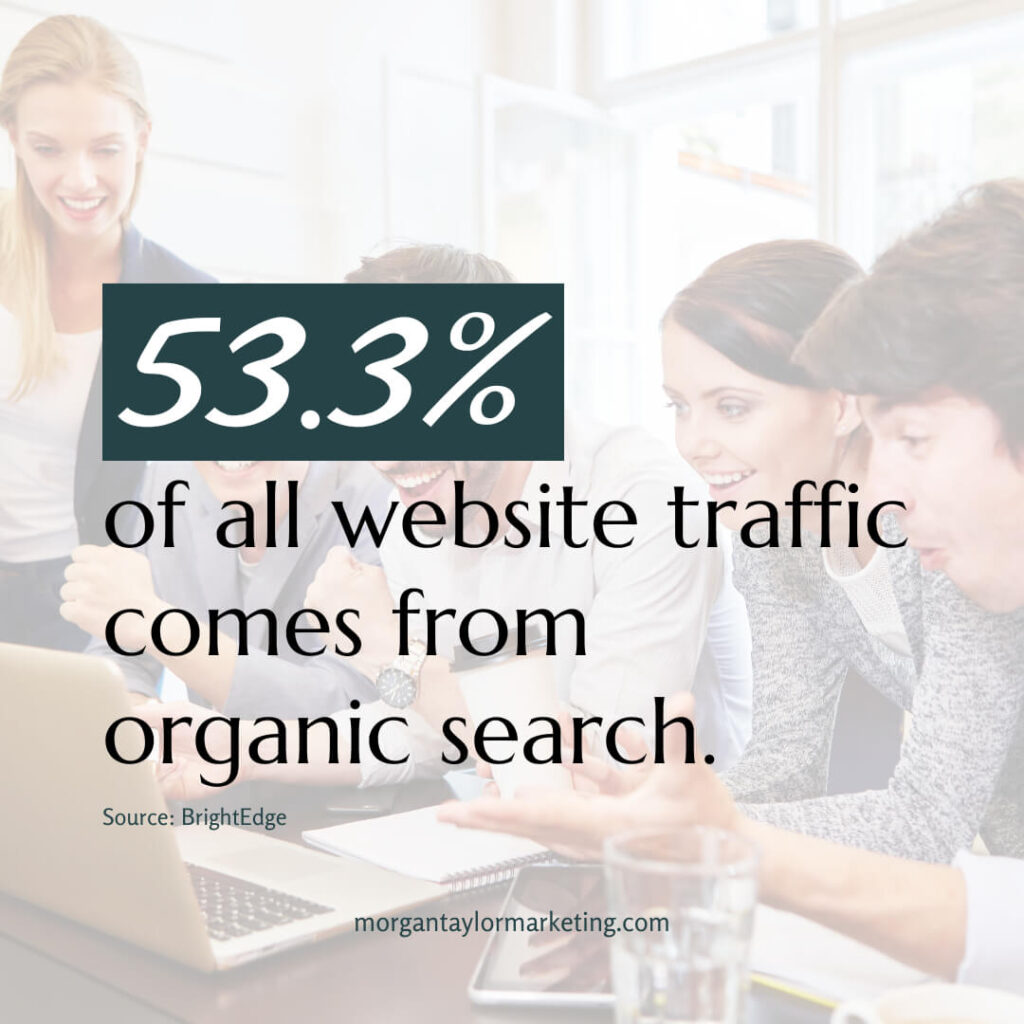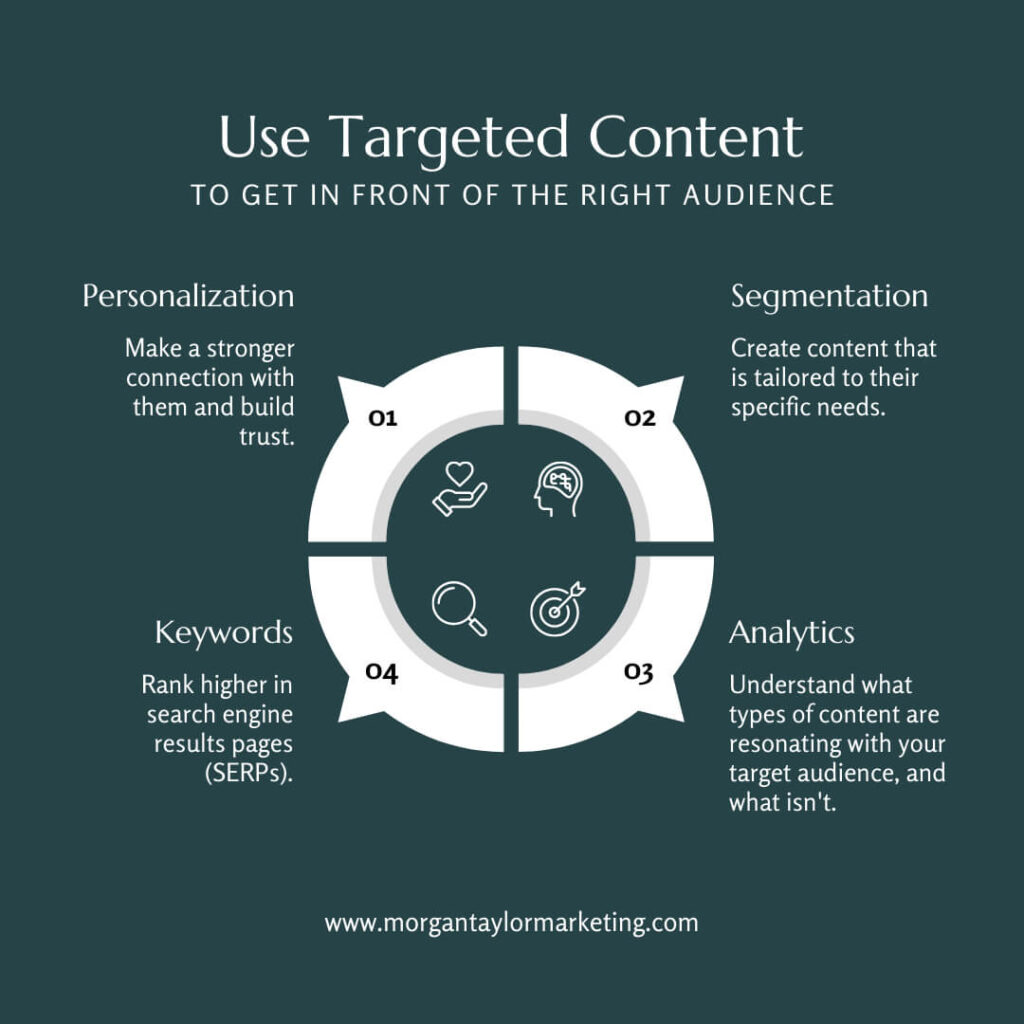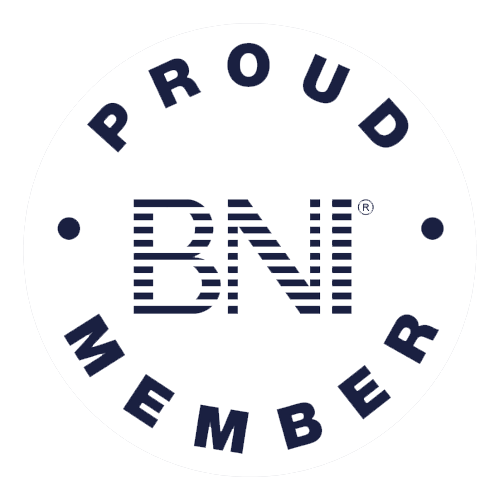Transform your website with a user-centered design and create a seamless experience that keeps visitors coming back for more!
In the fast-paced digital world, creating websites that captivate and engage users has become crucial for businesses seeking online success. One approach that has proven its worth time and again is user-centered design. By placing the user at the heart of the design process, businesses can create websites that not only look visually appealing but also provide seamless user experiences.
But what exactly is user-centered design? And why is it essential for your website’s success? Let’s dive in and explore the fascinating world of user-centered design.
What is User-Centered Design?

User-centered design is an approach to design that prioritizes the needs, preferences, and behaviors of the end user throughout the entire design process. It involves understanding the target audience, conducting research to gain insights into user behaviors and motivations, and using this information to inform design decisions.
The goal of user-centered design is to create products, services, or experiences that are intuitive, enjoyable, and meet the specific needs of the users, ultimately enhancing their overall satisfaction and engagement. By placing the user at the center of the design process, businesses can create solutions that are more effective, efficient, and user-friendly.
The Importance of User-Centered Design in Web Design
User-centered design goes beyond aesthetics and visual appeal. It focuses on designing websites that meet the specific needs and expectations of the target users. By considering user preferences, behaviors, and pain points, designers can create intuitive and user-friendly interfaces that engage visitors from the moment they land on a website. This approach ensures that every aspect of the website, from navigation to content presentation, is tailored to deliver a seamless and satisfying user experience.
The Impact of User-Centered Design on User Experience
User experience (UX) is a key factor that determines the success of a website. When users encounter a well-designed website that understands their needs and provides relevant and valuable information, they are more likely to engage with the content, spend more time exploring the site, and return for future visits. On the other hand, a poorly designed website that neglects user needs can lead to frustration, high bounce rates, and missed conversion opportunities.
The Link Between User-Centered Design and Website Success
User-centered design directly impacts website success by driving key metrics such as conversions, engagement, and customer loyalty. When users have a positive experience on a website, they are more likely to convert into customers, subscribe to newsletters, make purchases, or take any other desired actions. A well-designed website that focuses on user needs can significantly increase conversion rates and ultimately contribute to business growth.
But, How Can We Create a User-Centered Website?
Creating a user-centric website is all about putting your audience at the center of your design process. By understanding their needs, preferences, and behaviors, you can create a digital experience that truly resonates with them.
Let’s dive into some practical steps you can take to create a user-centric website that leaves a lasting impression.
1. Researching User Needs
To create a user-centered website, it’s crucial to understand your target audience inside out. Conducting user research is like peering into the minds of your users, and gaining valuable insights into their behaviors, preferences, and pain points. By using techniques such as surveys, interviews, and analytics, you can unravel the motivations behind user actions and align your website design accordingly.
2. Defining User Personas
Once you’ve gathered user research, it’s time to create detailed user personas. These fictional representations of your target audience segments help you understand your users better and cater to their specific needs. By crafting personas, you can personalize your design decisions, ensuring your website speaks directly to each user group.
3. Crafting User-Centric Information Architecture
Now that you understand your users, it’s time to structure your website’s content in a way that is easily navigable and findable. Designing intuitive menus, sitemaps, and page hierarchies ensures that visitors can effortlessly explore your website and find the information they seek. A seamless information architecture is the backbone of a user-centered website.
4. User-Focused Content Creation
Compelling and relevant content is the lifeblood of any website. When creating content for a user-centered website, it’s important to align it with your users’ needs and expectations. By understanding their pain points and desires, you can create content that speaks directly to them. Incorporating user-centric language and tone establishes a connection and fosters trust, driving engagement and conversions.
5. Usability and Accessibility Considerations
A user-centered website should be accessible to all users, including those with disabilities. Ensuring that your website is designed with accessibility in mind opens up your business to a broader audience. Additionally, conducting usability testing allows you to optimize the user experience by identifying and eliminating any roadblocks or friction points that hinder smooth navigation and interaction.
6. Responsive and Mobile-Friendly Design
As the number of mobile users continues to soar, it’s crucial to prioritize mobile user experience. Responsive design allows your website to adapt seamlessly to different devices and screen sizes, ensuring an optimal viewing experience. By embracing mobile-friendly design, you capture the attention of a growing mobile audience, enhancing engagement and conversions.
7. Visual Design with User in Mind
Visual elements play a significant role in capturing users’ attention and conveying information effectively. Employing user-friendly color schemes, typography, and imagery creates an inviting and cohesive visual experience. By using visual cues strategically, you can guide users through your website, enhancing engagement and comprehension.
8. Streamlined User Journeys
When users visit your website, they have specific goals in mind. Designing clear and intuitive user flows guides visitors effortlessly from one step to the next, minimizing confusion and frustration. By optimizing conversion paths and minimizing user friction, you create a seamless journey that drives users toward their desired actions.
9. Interactive and Engaging Elements
To truly captivate users, consider incorporating interactive features such as sliders, carousels, and forms. These elements add dynamism and interactivity to your website, enhancing user engagement. Additionally, integrating gamification and micro-interactions can create a delightful user experience, encouraging users to explore further and stay longer on your website.
10. Testing and Iterating for Continuous Improvement
Creating a user-centered website is an iterative process. Conducting user testing and gathering feedback provides invaluable insights for optimization. By embracing an iterative design approach, you continuously enhance your website, ensuring it remains aligned with user needs and preferences.
11. Integrating User Feedback and User-Centric Iterations
Collecting and analyzing user feedback is vital to make informed design decisions. By listening to your users and understanding their pain points, you can iterate and improve your website accordingly. User-centric iterations ensure that your website remains relevant, engaging, and successful in meeting your audience’s evolving needs.
What Would Be The Future of User-Centered Design?
As technology advances, so does the world of user-centered design. Emerging trends and technologies are reshaping the way we design and interact with websites. From augmented reality and voice user interfaces to personalized experiences powered by artificial intelligence, the future of web design holds endless possibilities. Stay ahead of the curve by embracing these advancements and continuously evolving your user-centered design strategies.
In today’s digital landscape, user-centered design has become the cornerstone of successful web design. By putting the user first and aligning your design decisions with their needs, preferences, and behaviors, you create websites that engage, convert, and delight. Whether you’re revamping an existing website or starting from scratch, make sure to prioritize the user throughout the design process. Remember, your users are the heart and soul of your website, and by creating an exceptional user experience, you’re setting the stage for a thriving online presence.








